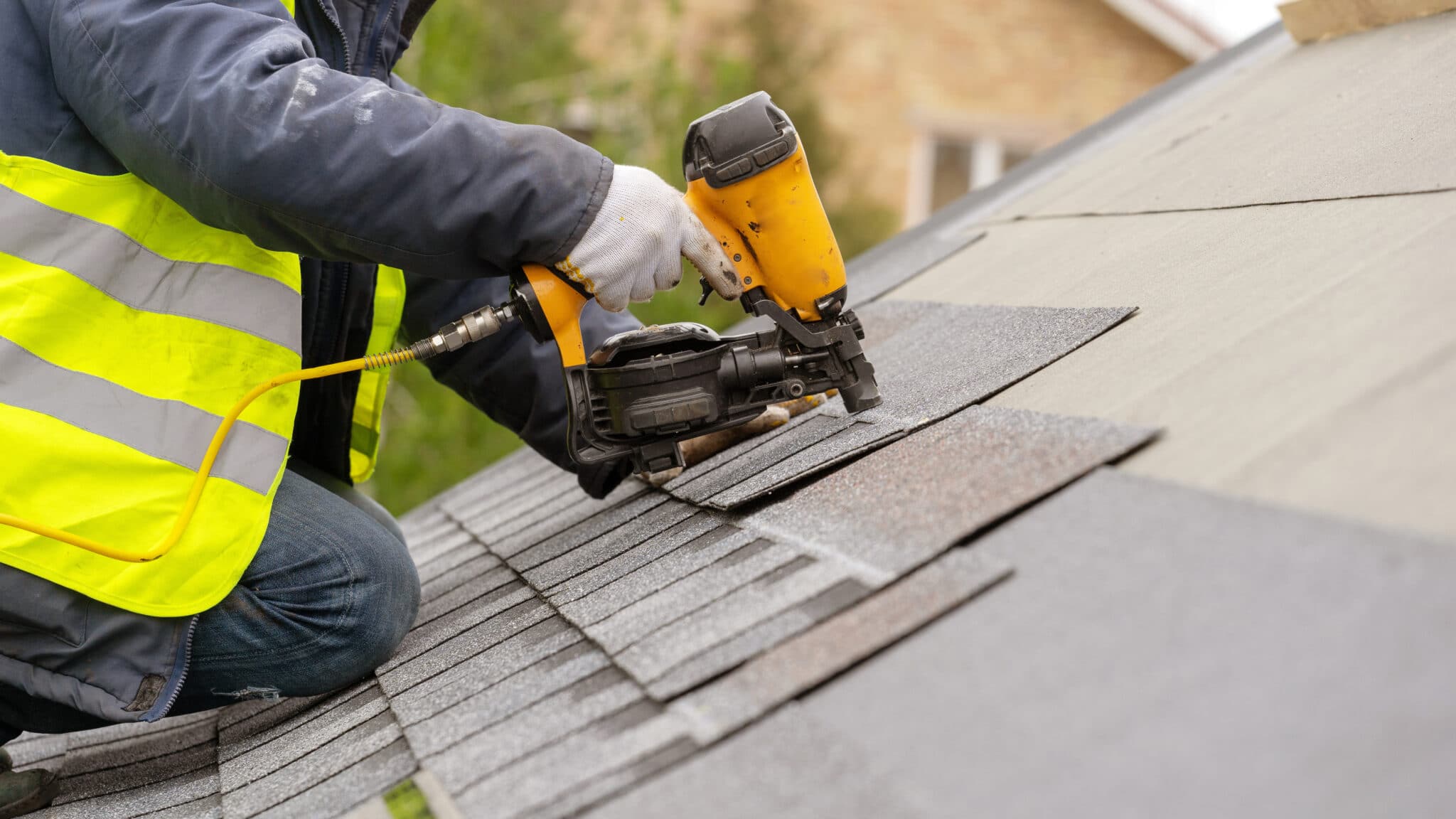A strong and well-maintained roof is essential for protecting your home from the elements. Over time, exposure to harsh weather, aging materials, and unexpected damage can make roof repairs a necessity. In some cases, minor roof repairs can keep things in good shape, while in other situations, a complete roof replacement is the best option. Understanding the differences and knowing when to use temporary solutions like tarping installation can save homeowners time and money.
Roofing Replacement: When and Why It’s Necessary
A roof replacement becomes essential when the damage is beyond simple roof repairs. If a roof has missing shingles, persistent leaks, or signs of structural damage, patching up the problem might not be enough. Older roofs, especially those over 20 years old, often develop widespread wear and tear that requires a full replacement. If homeowners find themselves needing constant roof repairs, investing in a new roof can be a more cost-effective long-term solution.
A complete roof replacement involves removing the old roofing materials, inspecting the underlying structure, and installing new shingles or other roofing materials. This process ensures that the home remains protected for decades. Choosing high-quality materials and hiring experienced professionals can make a significant difference in the durability and lifespan of the new roof.
The Role of Tarping Installation in Roof Repairs
In situations where immediate action is needed, tarping installation serves as a temporary solution to prevent further damage. If a roof is damaged by storms, fallen trees, or leaks, covering the affected area with a tarp can protect the home from water intrusion until proper roof repairs or a replacement can be completed.
Tarping is commonly used when:
-
A storm causes sudden damage, leaving large openings in the roof.
-
Homeowners need time to assess whether a roof replacement or repairs are necessary.
-
Contractors are unavailable for immediate repairs, and temporary protection is required.
Proper tarping installation is crucial to ensure it effectively prevents leaks. The tarp should be secured tightly to avoid it being blown away by strong winds. While tarping is not a permanent fix, it provides valuable protection until professional roof repairs can be completed.
Making the Right Choice
Homeowners must assess the severity of roof damage before deciding between roof repairs and roof replacement. If a roof is still in good condition but has minor damage, repairs can extend its life. However, for old or severely damaged roofs, replacing the entire structure is the better choice. In emergencies, tarping installation is a quick way to prevent additional issues before permanent repairs take place.


